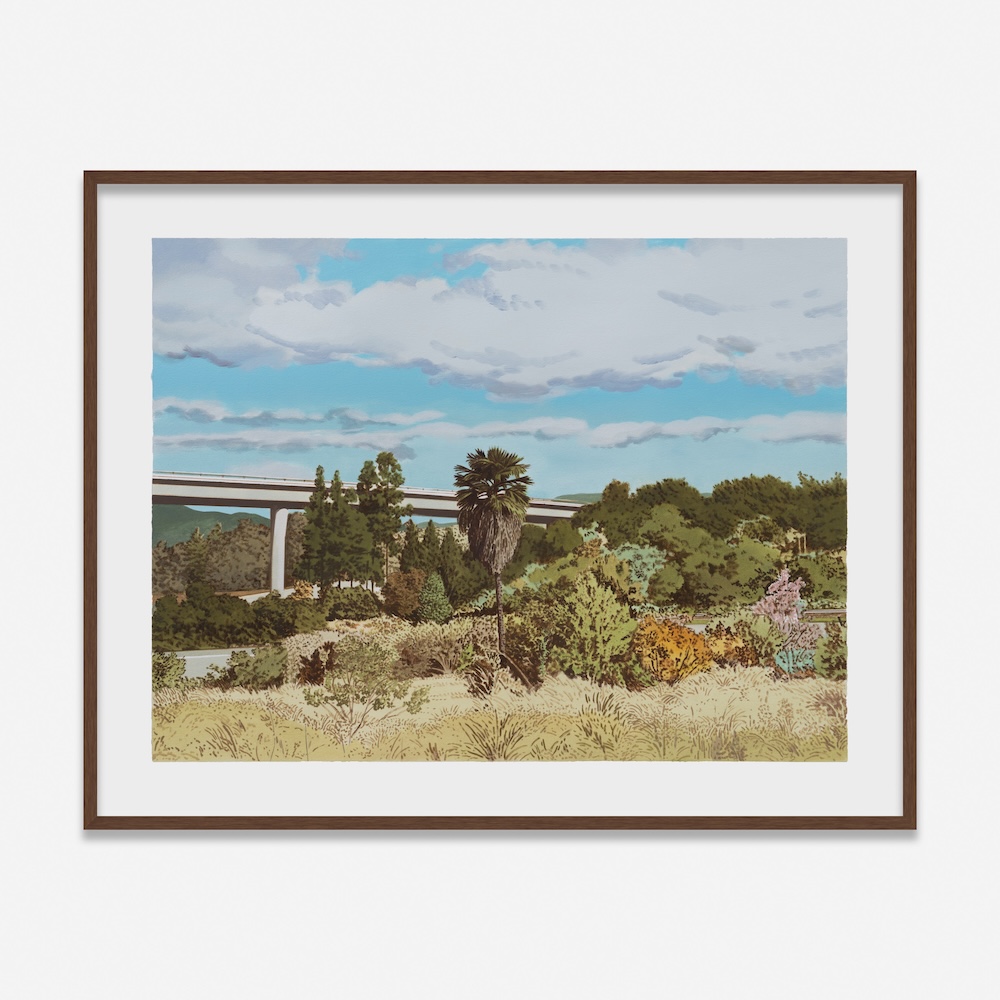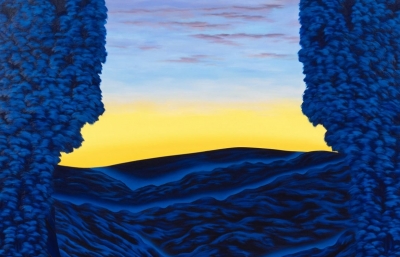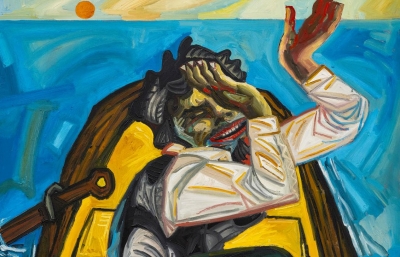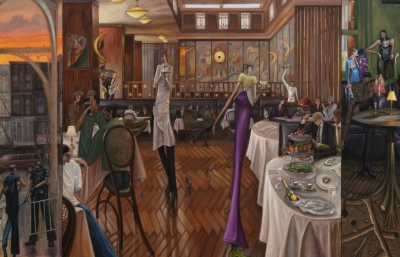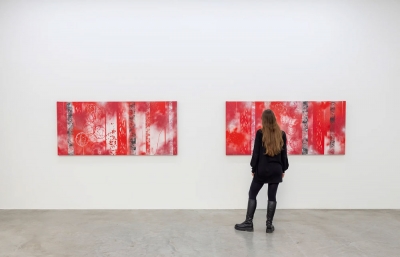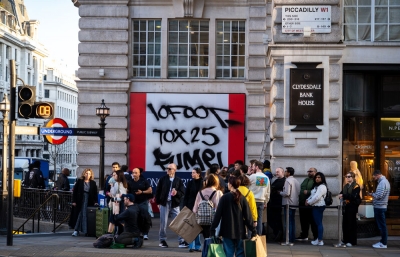Galerie Max Hetzler, London, is pleased to present California Landscapes, a solo exhibition of new paintings and works on paper by Jake Longstreth. This is the artist’s second solo exhibition with the gallery, and his first in the London space.
In his practice, Jake Longstreth recounts the changing landscapes of our time. Devoid of human presence, his works are characterised by a quiet observation of rural and suburban North America. Through meticulously rendered depictions of nature and manmade structures, Longstreth captures the essence and specificity of a time and place. Absorbing the landscapes around him, the artist reflects back his everyday world, inviting us to pause, linger and truly look. His works, which often incorporate glimpses of manufactured constructions peeping through the undergrowth, are not intended as critiques on society. Rather, portraying what he describes as simply ‘just there’, his compositions remain fluid and open-ended.
For this exhibition, Longstreth presents a new body of oil on canvas paintings and works on paper, from 2024 and 2025. Depicting vistas of Southern California, from Los Angeles to the desert, Longstreth’s landscapes are united by a new, brown-hued palette. Contrasting bright light with deep shadow, this darker tone marks an aesthetic development for the artist. Imbued with a classical feel, his works depict scenes from nature, punctuated with the quotidian markers of our era: office buildings, parking lots, tennis courts, bridges, and roads.
The pristine glass of a modern office building, flanked by a set of majestic oak trees, reflects a mirror image of the surrounding landscape in the painting Agoura. In Los Angeles (2), through a sun-dappled opening lined with dense foliage and eucalyptus trees, one spots the crisp geometry of a tennis court. A recurring theme in Longstreth’s paintings, almost synonymous with the L.A. landscape, the artist sees tennis courts as apolitical motifs: ‘I like painting them because they’re very benign’, he explains. In works such as Chavez Ravine or Elysian Park on the other hand, the grey expanse of a parking lot peers out through the undergrowth. ‘Those,’ he remarks, ‘are a little more pointed.’ Within a contemporary context, the parking lot inevitably takes on significance as ‘a very powerful icon’ through which to view broader societal themes.
Longstreth’s works are set in walnut frames, drawing out the dusky silhouettes and pools of sunlight. They capture something of the unique atmosphere of Southern California, with its bright, all-encompassing light, and dark, almost cavernous shadow. Rendered on a larger scale compared to the works on paper, the paintings have what the artist describes as ‘a more metaphorical or open-ended feel to them.’ In works such as In Los Angeles, the artist paints the tactile intricacies of this natural environment with exacting detail: we see the bark on the trees, textured foliage and flowering bushes. In the distance, a road cuts through the greenery, lined by tall palms. Longstreth’s trees often act as light sponges, offset by expansive areas of shade. One of the influences on his palette was the photographer Carleton Watkins (1829–1916), who documented the United States in the nineteenth century. Watkins’ photographs, among the first taken of California, similarly convey its dazzling light through deep, contrasting tones.
Composed on a more intimate scale, Longstreth’s works on paper represent a number of site-specific locations, as their titles stipulate. In Jet Propulsion Laboratory, the viewer can just make out the structure of a NASA lab, partially shrouded by the branches of a huge tree, nestled deep in the foothills. Along I-210 presents a stretch of highway, along which a distinctive blue Amazon truck hurtles by. Longstreth’s body of work paints a rich picture of an evolving landscape: bleached in sunlight, blanketed in shadow, hazy from the Californian smog, manmade structures emerging from the scenery. The palette and mood are very consistent; the light is timeless and unifying. Contextualising the encounters of daily life, Longstreth’s landscapes provide a visceral sense of lived experience.




